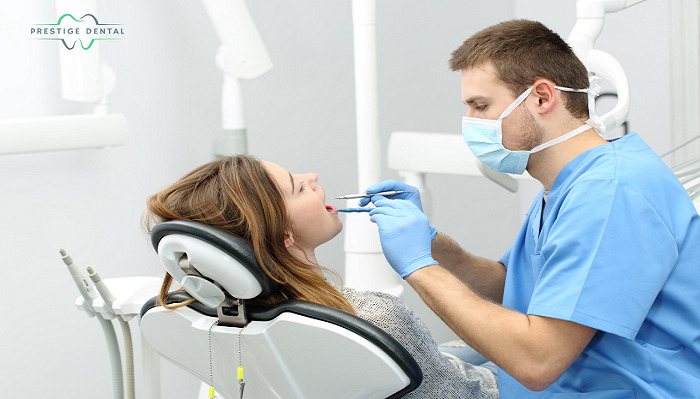
What Separates Cosmetic Dentists From Orthodontists, Then?
Orthodontists and cosmetic dentists could seem to perform identical types of dental care at first glance. After all, by repairing issues like chipped teeth and misaligned bites, they both aim to enhance patient smiles. On the other hand, orthodontists and cosmetic dentists treat patients in completely different ways.
The dental specialty of orthodontics focuses on correcting misaligned teeth and jaws. Orthodontists are dentists who complete three years of additional training as part of a “residency program” following their four years of dental school to learn how to diagnose, treat, and prevent misaligned jaws and teeth. This is comparable to how dermatologists are medical professionals who go through extensive training to work with children.
Almost the same amount of time is spent in the training of orthodontic in Fort Worth and other places, as in dentistry school. Specialists in tooth alignment and retention, orthodontists do not perform cleanings, fillings, or other dental procedures.
Due in part to the intense competition for admission to accredited orthodontics programs, there are approximately 11,000 orthodontists working in the US, compared to 200,000 general dentists. Every year, only one or two dentists who graduate are accepted into an orthodontic residency program.
In contrast to orthodontics, cosmetic dentistry is a far more expansive specialty that does not require any particular training to practice. The phrase “cosmetic dentistry” describes a variety of procedures that a general dentist can perform to address aesthetic problems with a patient’s teeth, bite, and gums.
While some of these procedures do enhance oral functionality, the primary objective of cosmetic dentistry in Fort Worth is to enhance smiling rather than address health issues.
Conversely, orthodontic treatments aim to improve oral health by addressing problems with the bite and jaw. The patient’s grin will appear far better than it did before the procedure.
Contrasting Orthodontics and Cosmetic Dentistry: Distinctive Treatment Approaches and Objectives
Despite being two distinct dental specialties, orthodontics and cosmetic dentistry do have some overlap. For example, dentists that specialize in orthodontics and cosmetic dentistry provide therapy for misaligned teeth.
Nonetheless, their approaches to correcting crooked teeth can differ greatly:
- An orthodontist uses fixed braces, Invisalign, or a comparable oral appliance to repair misaligned teeth. With the help of these treatment choices, you can have a healthier and more attractive smile that will last a lifetime.
- Traditional porcelain veneers are a common treatment used by cosmetic dentists for crooked teeth. Porcelain veneers can make teeth appear straighter, but they do not move the original teeth, and the procedure needs permanent enamel removal, which weakens teeth.
- Cosmetic dentists treat patients with veneers as well as Invisalign. Nevertheless, cosmetic dentists can only provide Invisalign to patients with very minor alignment problems due to their lack of the specialized expertise that orthodontists possess. If minor alignment problems are not addressed appropriately the first time, they can quickly become serious alignment problems. In contrast, an orthodontist can address complicated oral health problems with Invisalign in addition to other specialty therapies.
The general “orthodontics vs. cosmetic dentistry” dynamic is evident in this comparison. In order to enhance the patient’s dental health and aesthetics, the orthodontist will design a thorough treatment plan. In the meanwhile, the cosmetic dentist might not be able to address any alignment problems that go beyond cosmetics and will probably only concentrate on making the patient look better.
Nevertheless, cosmetic dentistry is a legitimate therapeutic alternative for a variety of grin-related issues. Cosmetic dentists, for instance, excel at repairing problems like stained smiles and missing or damaged teeth. However, an orthodontist’s specialized knowledge and extensive treatment options are unmatched when it comes to smile alignment.
Latest Post
- Transform Your Smile with the Best Orthodontist in Fort Worth, TX
- Achieve a Radiant Smile with Prestige Dental in Fort Worth, TX
- Most Trusted Treatment of Orthodontics in Fort Worth
- Achieve Your Best Smile with Prestige Dental in Fort Worth
- Prestige Dental for Dental Care in Fort Worth
- Transform Your Smile with the Best Dental Implants in Fort Worth